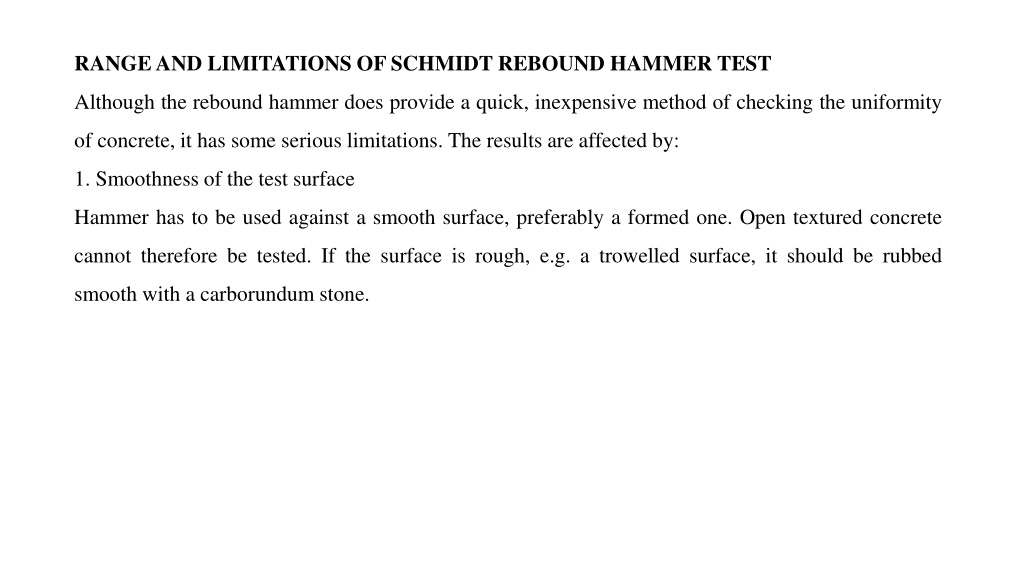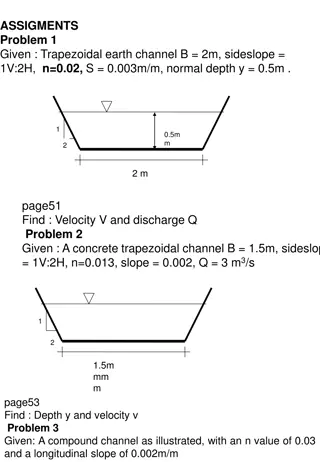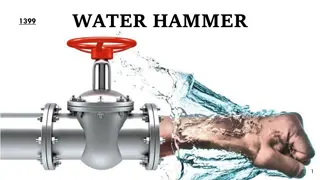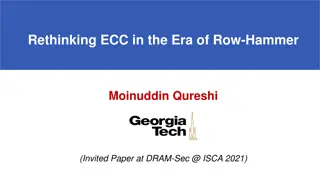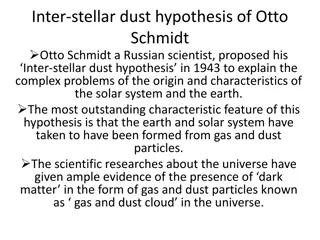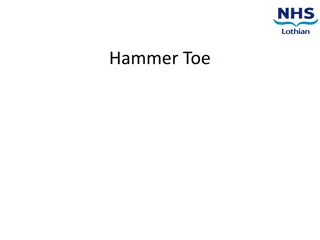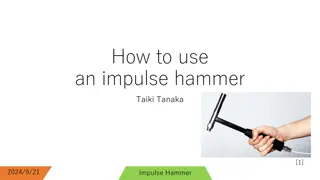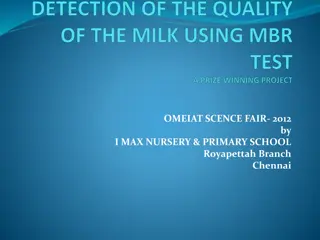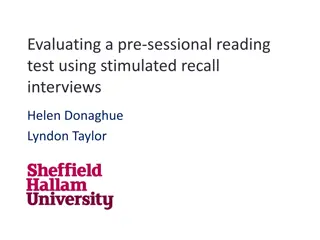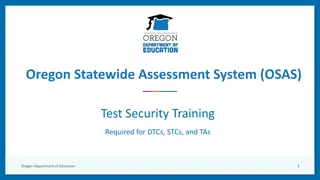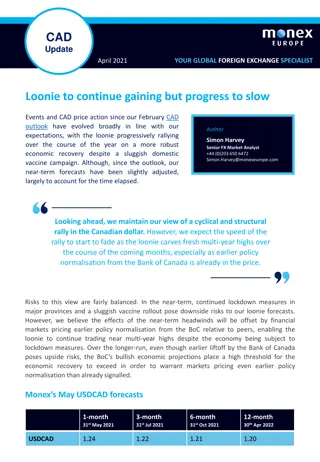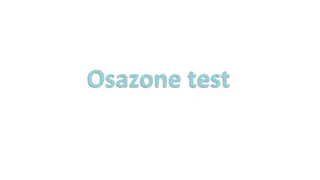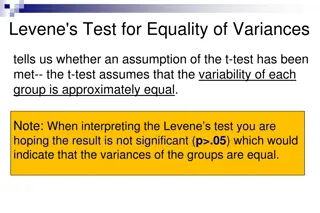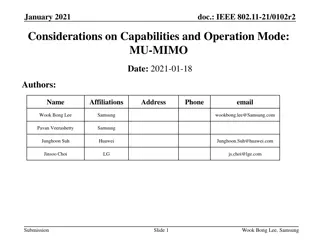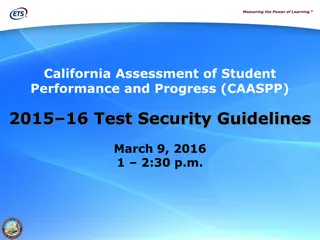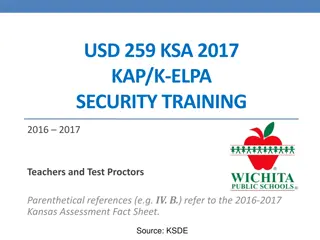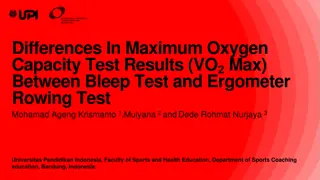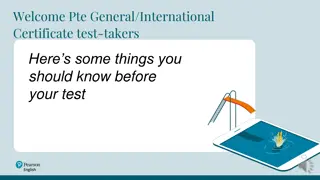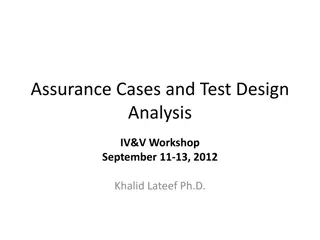Limitations of Schmidt Rebound Hammer Test
The Schmidt rebound hammer test is a quick and inexpensive method to check concrete uniformity. However, limitations include sensitivity to test surface smoothness, specimen size and rigidity, age of specimen, moisture conditions, type of coarse aggregate, type of cement, and carbonation of the concrete surface. These factors can affect the accuracy of rebound numbers and correlation with compressive strength.
Download Presentation

Please find below an Image/Link to download the presentation.
The content on the website is provided AS IS for your information and personal use only. It may not be sold, licensed, or shared on other websites without obtaining consent from the author. Download presentation by click this link. If you encounter any issues during the download, it is possible that the publisher has removed the file from their server.
E N D
Presentation Transcript
RANGEAND LIMITATIONS OF SCHMIDT REBOUND HAMMER TEST Although the rebound hammer does provide a quick, inexpensive method of checking the uniformity of concrete, it has some serious limitations. The results are affected by: 1. Smoothness of the test surface Hammer has to be used against a smooth surface, preferably a formed one. Open textured concrete cannot therefore be tested. If the surface is rough, e.g. a trowelled surface, it should be rubbed smooth with a carborundum stone.
2. Size, shape and rigidity of the specimen If the concrete does not form part of a large mass any movement caused by the impact of the hammer will result in a reduction in the rebound number. In such cases the member has to be rigidly held or backed up by a heavy mass. 3.Age of the specimen For equal strengths, higher rebound numbers are obtained with a 7 day old concrete than with a 28 day old. Therefore, when old concrete is to be tested in a structure a direct correlation is necessary between the rebound numbers and compressive strengths of cores taken from the structure. Rebound testing should not be carried out on low strength concrete at early ages or when the concrete strength is less than 7 MPa since the concrete surface could be damaged by the hammer.
4. Surface and internal moisture conditions of concrete The rebound numbers are lower for well-cured air dried specimens than for the same specimens tested after being soaked in water and tested in the saturated surface dried conditions. Therefore, whenever the actual moisture condition of the field concrete or specimen is unknown, the surface should be pre-saturated for several hours before testing. A correlation curve for tests performed on saturated surface dried specimens should then be used to estimate the compressive strength. 5. Type of coarse aggregate Even though the same aggregate type is used in the concrete mix, the correlation curves can be different if the source of the aggregate is different. An example is shown in Fig. 3 where correlation curves for four different sources of gravel are plotted.
6. Type of cement High alumina cement can have a compressive strength 100% higher than the strength estimated using a correlation curve based on ordinary Portland cement. Also, super sulphated cement concrete can have strength 50% lower than ordinary Portland cement. 7. Carbonation of the concrete surface In older concrete the carbonation depth can be several millimeters thick and, in extreme cases, up to 20 mm thick. In such cases the rebound numbers can be up to 50% higher than those obtained on an uncarbonated concrete surface.
